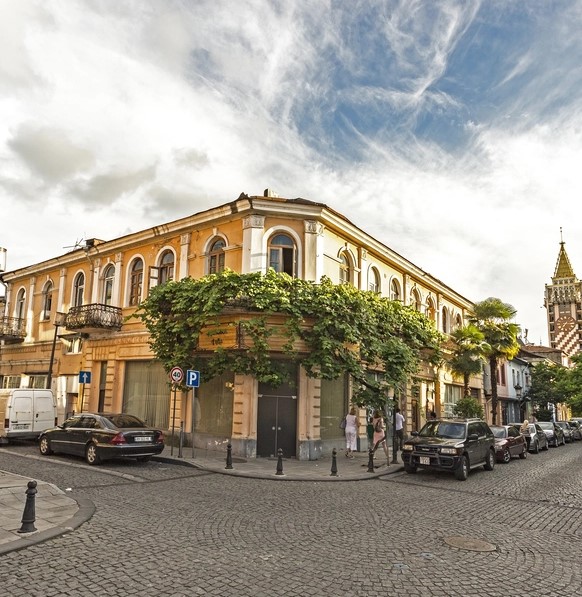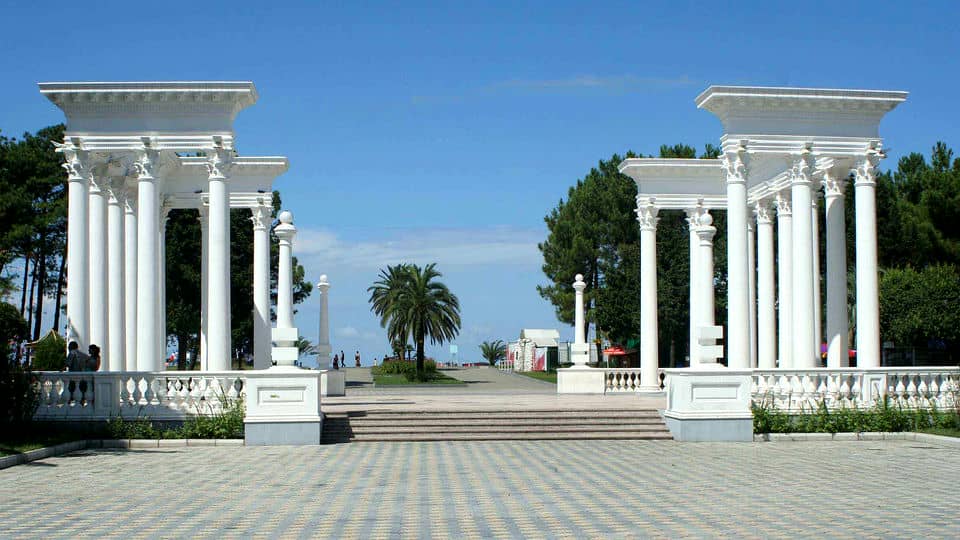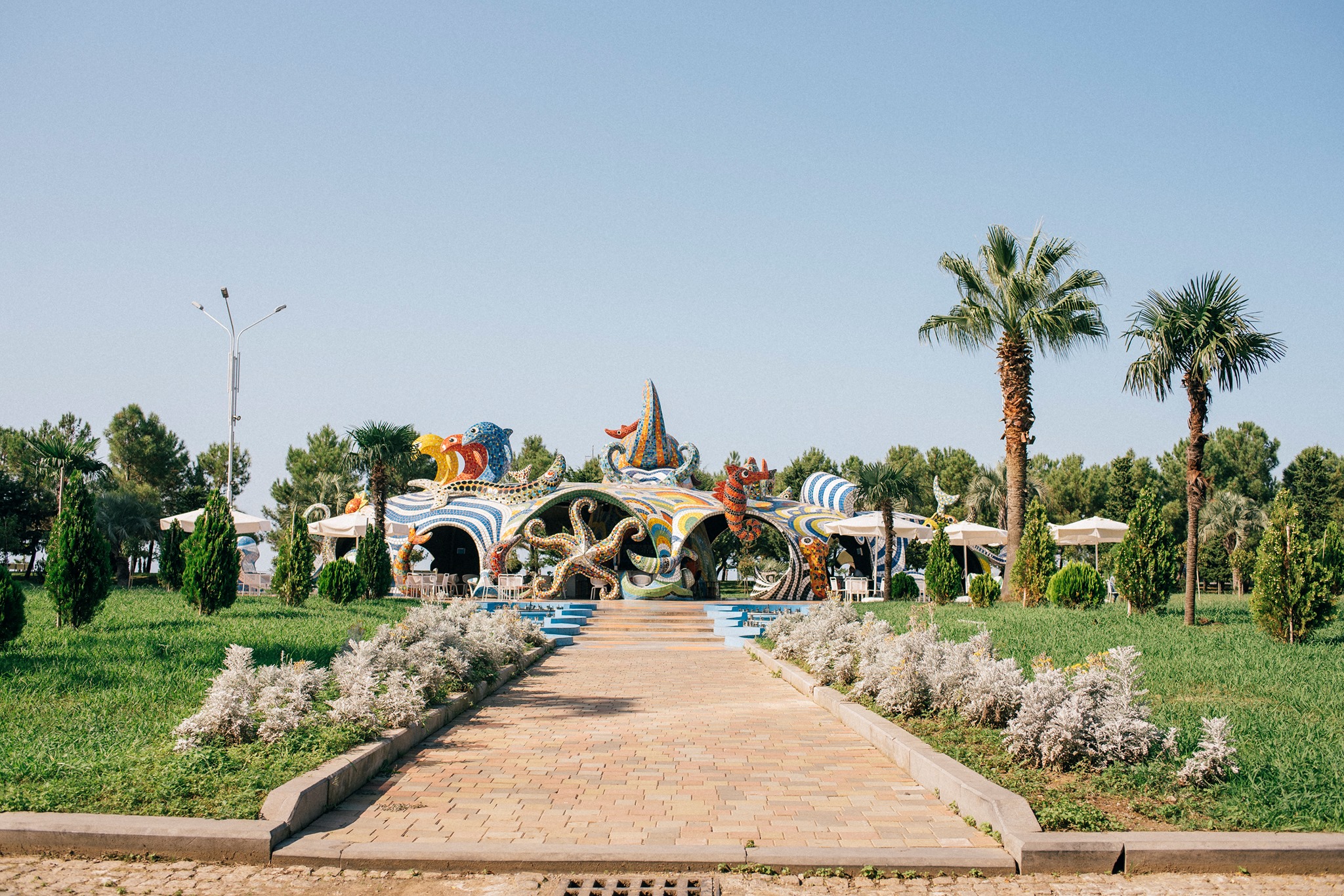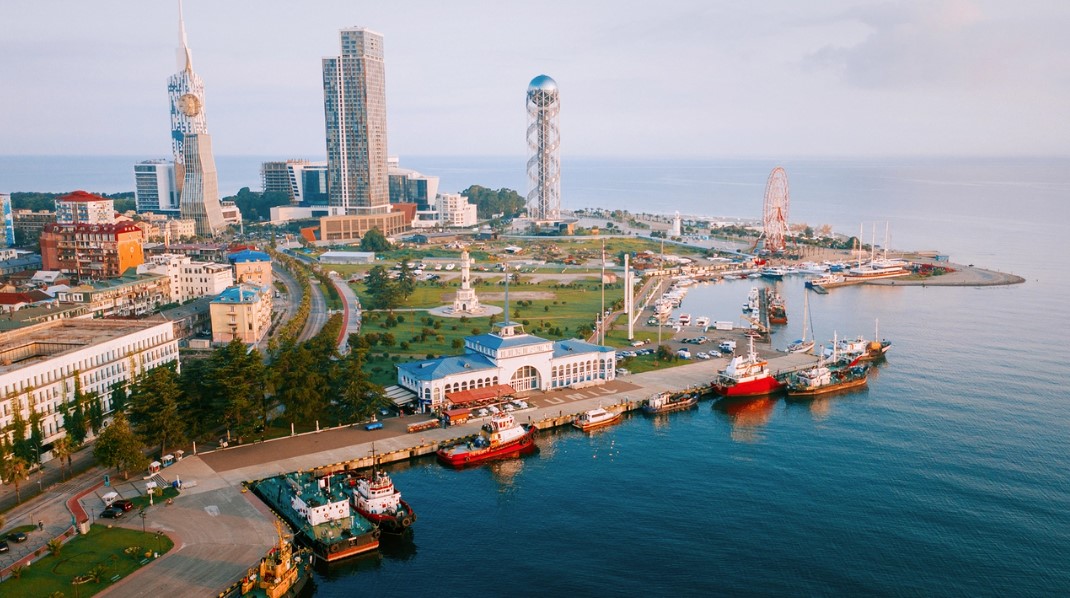In 1892, the first tanker vessel, "Murex," sailed from England to Batumi and shipped oil to Singapore and Thailand. This tanker was the first to cross the Suez Canal on August 23 of the same year.
This occasion confirmed the significance of the Batumi seaport in the world navigation system, and its geostrategic location played a vital role in the development of the city and country.
In 1878, Batumi was announced as Porto Franco and kept that status until 1885.
A deep-water part of the bay has been used to receive small ships since old times, though cargo traffic was minor then. The construction of the Batumi-Baku railway line in 1883 started the export of oil from the seaport and contributed to the rapid development of the Batumi Seaport.
In 1883, the amount of exported oil from Batumi Seaport was 3 million pounds. Such growth in exports caused a need for the development of port infrastructure.
In this regard, a project was developed to rebuild the seaport and install a storm protection system, and in 1889, an oil terminal facility and two docks measuring 95 meters in length were built.
At the beginning of the 20th century, due to its location and cargo turnover, it became a significant and strategic port on the Black Sea.
During the Soviet Union, another five docks were constructed to accommodate tankers and dry-cargo shipments. At the time, the cargo turnover exceeded one million tons.
Batumi seaport covers 22 hectares, with warehouses occupying most of the area. The port has an oil terminal, a dry-bulk container terminal, and a seaport with 11 docks in total.
Today, crude oil and petroleum products account for roughly 80% of cargo turnover. The port accepts and ships vessels with no interruptions. Docks, warehouses, loading mechanisms, inside railway and car lines, repair workshops, an auto park, and a water supply system are among the infrastructure. The port fleet includes 12 ships.
Until 2015, Batumi Seaport served as the Georgian coast guard station.
From 1954 to 1966, the harbor’s depth was dredged to accommodate multi-ton vessels. As for the Batumi Seaport Station building, its construction dates to 1959–1962.
At the end of the twentieth century, the Batumi seaport was the primary base on Georgia's coastline. Export oil tankers accounted for almost all of the port's turnover, but tourist cruise trips were also significant.
Today, Batumi Seaport represents a unifying transport line that connects Europe and Asia and vice versa. The seaport joins with the Caucasus, Central Asia, Russia, and Turkey via auto and railway lines.
There is also a yacht club adjacent to the seaport. You can rent a yacht and cruise along two boulevards or botanical garden coastlines. Whatever path you take, you'll make the most beautiful and lasting impressions.
Contact info:
Share
Similar places

Old Batumi
Historical monument Batumi

Colonnades
Historical monument Batumi

Batumi Octopus
Historical monument Batumi
